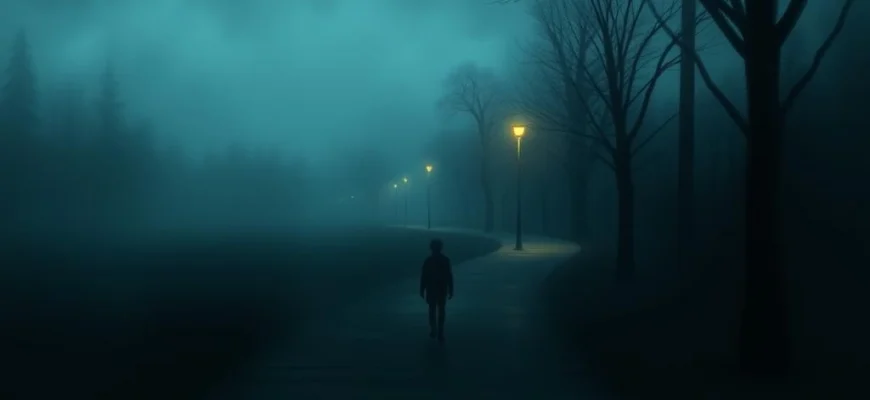If you enjoyed the gripping drama and intense coming-of-age themes in 'Rites of Passage' (2012), you're in for a treat! This article explores 10 similar movies and shows that capture the same raw emotion, psychological depth, and transformative journeys. Whether you're a fan of dark thrillers or character-driven narratives, these recommendations will keep you hooked.
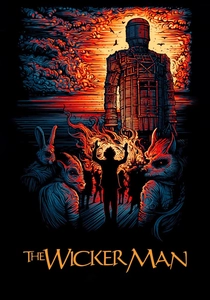
The Wicker Man (1973)
Description: A folk horror film that explores themes of paganism, ritualistic sacrifice, and the clash between modernity and ancient traditions. The eerie atmosphere and unsettling climax make it a standout in the genre.
Fact: The film was initially released as a B-movie but has since gained a cult following and is considered a classic of horror cinema. It was remade in 2006 with Nicolas Cage, though the original remains more highly regarded.
 Watch Now
Watch Now 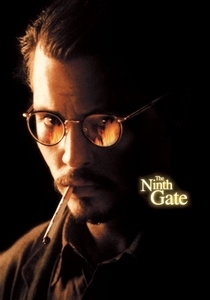
The Ninth Gate (1999)
Description: A supernatural thriller centered around rare books, occult rituals, and a quest for forbidden knowledge. The film's dark, mysterious tone and exploration of esoteric themes align it with psychological horror.
Fact: The film's director, Roman Polanski, adapted it from a novel by Arturo Pérez-Reverte. Johnny Depp's character was originally written as older, but the role was tailored for him.
 Watch Now
Watch Now 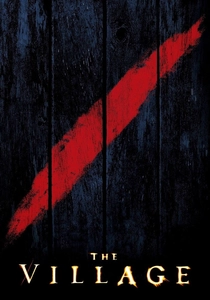
The Village (2004)
Description: A period horror-thriller that examines isolation, fear, and the lengths people will go to preserve their way of life. The film's twist ending and atmospheric tension align it with psychological horror.
Fact: The movie's score was composed by James Newton Howard and features a haunting violin solo performed by Hilary Hahn. The film was shot in Pennsylvania, with the village set built specifically for production.
 Watch Now
Watch Now 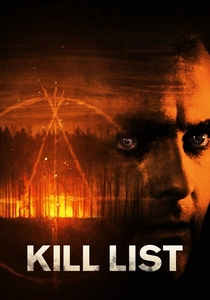
Kill List (2011)
Description: A gritty, slow-burning horror-thriller that blends crime and occult elements. The film's descent into madness and its shocking finale make it a disturbing exploration of violence and fate.
Fact: The film's director, Ben Wheatley, used improvisation to create a more naturalistic feel. The final act was inspired by British folk horror traditions.
 Watch Now
Watch Now 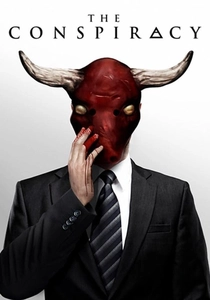
The Conspiracy (2012)
Description: A mockumentary-style horror film that delves into secret societies and paranoia. The blending of real-world conspiracy theories with fictional horror creates a chilling effect.
Fact: The film's directors used real conspiracy theories as inspiration, making the fictional elements feel plausible. The movie was shot on a low budget but received critical acclaim.
 Watch Now
Watch Now 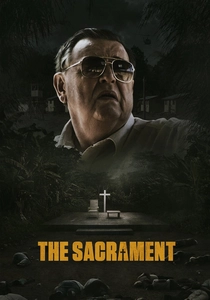
The Sacrament (2013)
Description: A found-footage horror film inspired by real-life cult tragedies, focusing on manipulation, faith, and violence. The documentary-style approach heightens the sense of realism and dread.
Fact: The film's cult leader, 'Father,' was inspired by figures like Jim Jones. Director Ti West used improvisation to create a more authentic feel.
 Watch Now
Watch Now 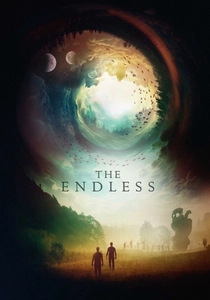
The Endless (2017)
Description: A sci-fi horror film that blends cosmic horror with cult dynamics, exploring time loops and existential dread. The film's ambiguous storytelling and eerie atmosphere make it a standout.
Fact: The directors, Justin Benson and Aaron Moorhead, also star in the film. It is a loose sequel to their earlier film 'Resolution.'
 Watch Now
Watch Now 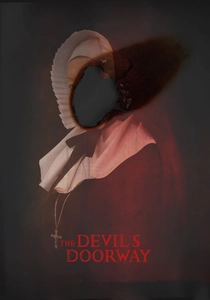
The Devil's Doorway (2018)
Description: A found-footage horror film set in a Magdalene laundry, exploring themes of religious oppression and supernatural horror. The bleak setting and slow reveal of horrors align it with psychological terror.
Fact: The film was shot in a real abandoned asylum in Ireland, adding to its eerie atmosphere. It was inspired by historical accounts of abuse in such institutions.
 Watch Now
Watch Now 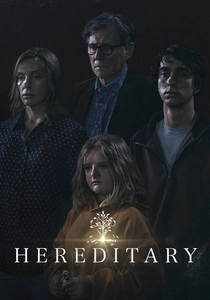
Hereditary (2018)
Description: A deeply unsettling horror film that explores family trauma, grief, and hidden occult forces. The film's slow build and shocking imagery create a pervasive sense of dread.
Fact: The miniature models featured in the film were created by the protagonist actress, Toni Collette, as part of her character's hobby. The film's climax was shot in a single take.
 Watch Now
Watch Now 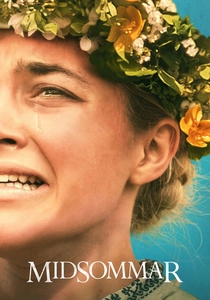
Midsommar (2019)
Description: A visually striking horror film that delves into pagan rituals, communal living, and psychological breakdown. The bright, sunlit setting contrasts with its dark themes, creating a unique sense of dread.
Fact: The film's director, Ari Aster, drew inspiration from Scandinavian folklore and his own experiences with grief. The elaborate rituals depicted were meticulously researched to appear authentic.
 Watch Now
Watch Now 
